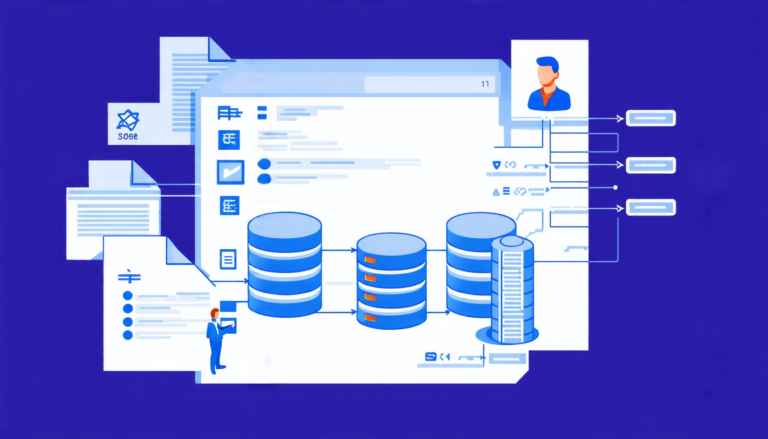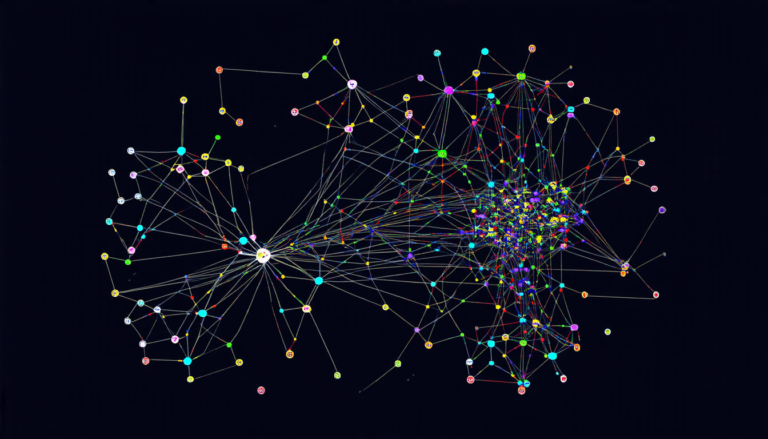Wednesday 16 April 2025
A team of researchers has made significant strides in developing an autonomous optical network that can manage complex distributed artificial intelligence (AI) training operations across multiple domains and layers. The system, dubbed AutoLight, uses a hierarchical multi-agent architecture powered by large language models to achieve near-perfect task completion rates.
The need for such a system arises from the increasing complexity of AI training operations, which require coordination across multiple data centers, networks, and devices. As these workloads grow in size and scale, traditional network management approaches are no longer sufficient. AutoLight aims to address this challenge by creating an autonomous optical network that can seamlessly manage distributed AI training operations.
The system is built around a novel hierarchical multi-agent architecture, which consists of two primary categories of agents: Planner agents and Task agents. The Planner agents serve as high-level coordinators responsible for problem decomposition and execution orchestration, while the Task agents are specialized for executing complex operations such as resource allocation, digital twin construction, and failure handling.
AutoLight’s key innovation lies in its ability to enable seamless communication and coordination across multiple domains and layers using a novel technique called Chain of Identity (CoI). CoI ensures that each agent is aware of its identity and role within the system, allowing for precise planning and execution of complex tasks.
The researchers conducted extensive field trials to demonstrate AutoLight’s capabilities, emulating a geo-distributed data center cluster with multiple domains and layers. The results were impressive: AutoLight achieved a task completion rate of nearly 98%, significantly outperforming single-agent approaches empowered by state-of-the-art large language models.
One of the key benefits of AutoLight is its ability to adapt to complex scenarios, such as failures or network congestion, without human intervention. By automating many tasks and decision-making processes, the system can quickly respond to changes in the environment and ensure continuous operation of distributed AI training workloads.
The implications of AutoLight’s success are far-reaching, enabling the widespread adoption of distributed AI training operations across multiple domains and layers. This could lead to significant advances in fields such as healthcare, finance, and climate modeling, among others.
While there is still much work to be done to refine and scale AutoLight, this achievement represents a major milestone in the development of autonomous optical networks for distributed AI training. As researchers continue to push the boundaries of what is possible, we can expect to see even more innovative applications of artificial intelligence and network automation in the years ahead.
Cite this article: “Revolutionizing Optical Network Automation: A Field-Tested AI-Powered Solution”, The Science Archive, 2025.
Artificial Intelligence, Autonomous Optical Network, Distributed Ai Training, Multi-Agent Architecture, Large Language Models, Task Completion Rate, Chain Of Identity, Geo-Distributed Data Center Cluster, Network Automation, High-Level Coordinators







